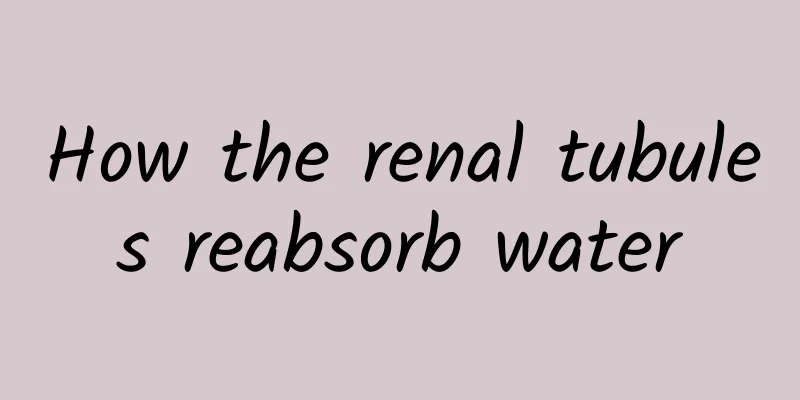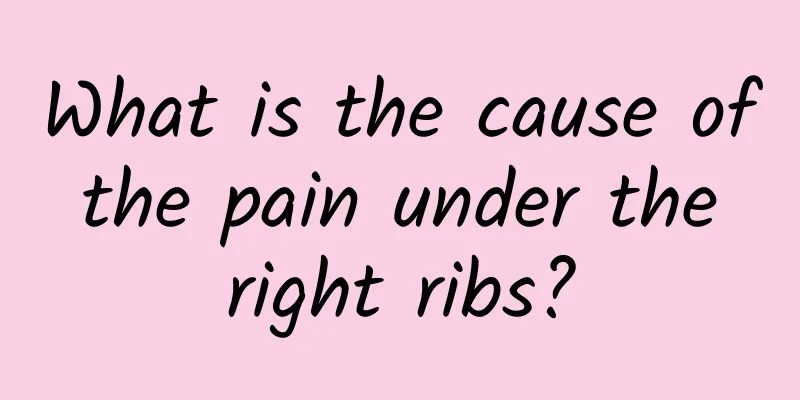How the renal tubules reabsorb water

|
The main function of the renal tubules is to reabsorb water, amino acids, proteins and other substances, and excrete metabolic waste from the body. There are two main ways for it to reabsorb water, active and passive, and there are selective reabsorption and limited reabsorption. Different absorption methods represent different roles or factors that affect it. Reabsorption and excretion must be carried out in an orderly manner to ensure the normal functioning of the body. The reabsorption of water by the renal tubules and collecting ducts can be divided into two parts. One part is reabsorbed in the proximal tubule, which is characterized by passive reabsorption, and the other part is reabsorbed in the distal tubule collecting duct, which is characterized by active reabsorption. 1. Reabsorption and excretion: The primary urine filtered by the glomerulus is large in volume and contains many substances necessary for the body. In order to ensure that useful substances are not lost and waste is excreted, and to maintain the body's water and electrolyte balance, the reabsorption and excretion functions of the renal tubules and collecting ducts play an extremely important role. 2. There are two types of reabsorption in the renal tubules and collecting ducts: passive and active, and they have two major characteristics: one is selective reabsorption, such as 99% of water is reabsorbed, thus ensuring that the daily urine excretion is 1.5 to 2 liters; the concentration of glucose in the primary urine is similar to that in the plasma, but there is only a trace amount of glucose in the urine, indicating that almost all of the glucose is absorbed. Harmful substances such as creatinine are not reabsorbed at all. Another is limited reabsorption. The reabsorption of various substances by the renal tubules has certain limits. For example, if the glucose content exceeds the renal threshold, it cannot be reabsorbed and glycosuria appears in the urine. 3. There are three main factors that affect reabsorption, namely, the concentration of solutes in the tubules, the functional state of the tubular cells, and whether the blood supply is good or not. 4. In addition to the reabsorption function, the renal tubules and the collecting ducts also have excretion functions. For example, the secretion of substances produced by cells into the tubular fluid through metabolism is called the secretory function. Many substances enter the urine through this action, such as H+, NH3, etc.; the process of excreting a substance in the blood into the tubular fluid is called the excretion function, such as sulfonamides, phenol red, penicillin, etc. The two are collectively called excretion. This function exists in competitive inhibition, that is, when a certain substance is excreted in large amounts, the excretion of other substances in urine will decrease, because their secretion does not require the participation of the same enzyme system. 5. Regulation of generation: It is mainly achieved through the following three mechanisms, namely, regulation of glomerular-tubular balance, redistribution of glomerular blood flow, and neurohumoral regulation. This will focus on the ball-tube balance. The so-called glomerular-tubular balance means that the amount of renal tubular reabsorption is about 60-70% of the glomerular filtration amount. This regulatory effect can ensure that electrolytes are not lost or retained. 6. Urine and concentration and dilution: Under normal circumstances, the specific gravity of urine remains between 1.002 and 1.035. |
<<: How long does it take for the kidney tubules to repair themselves?
>>: Can eating walnuts cure kidney stones?
Recommend
Chinese patent medicine for headache
Headaches can be divided into several situations....
How to stretch the leg to check for meniscus injury
Meniscus injury is a relatively common condition,...
What causes acne on eyebrows?
Acne is a very difficult skin disease to deal wit...
What is the best way to treat tooth decay? Four ways to say goodbye to tooth decay
Teeth are an important part of the oral cavity. W...
Breasts suddenly stopped swelling at 7 weeks of pregnancy
In fact, although the belly of pregnant women in ...
Can I take medicine after eating grapes?
We all know that the best time to take medicine i...
What are the benefits of lactic acid bacteria drinks? You have to know these three points
In supermarkets and beverage sales outlets, we ar...
What tea to drink to cleanse the intestines
Drinking some tea properly on a regular basis can...
What medicine can cure hemorrhoids quickly?
Hemorrhoids are one of the most common diseases i...
How big is the uterus?
The uterus is a place where the baby is conceived...
Methods of Traditional Chinese Medicine for Treating Thin and Yellow Leucorrhea
If the leucorrhea is thin and yellow, you should ...
Why is the fetus' head larger?
Pregnant women may discover some problems with th...
Blood transfusion process and precautions
Blood is an important component of the human body...
How to test for preeclampsia
Preeclampsia can be said to be a disease that is ...
What is the cause of neonatal pulmonary hemorrhage?
The impact of neonatal pulmonary hemorrhage is de...









